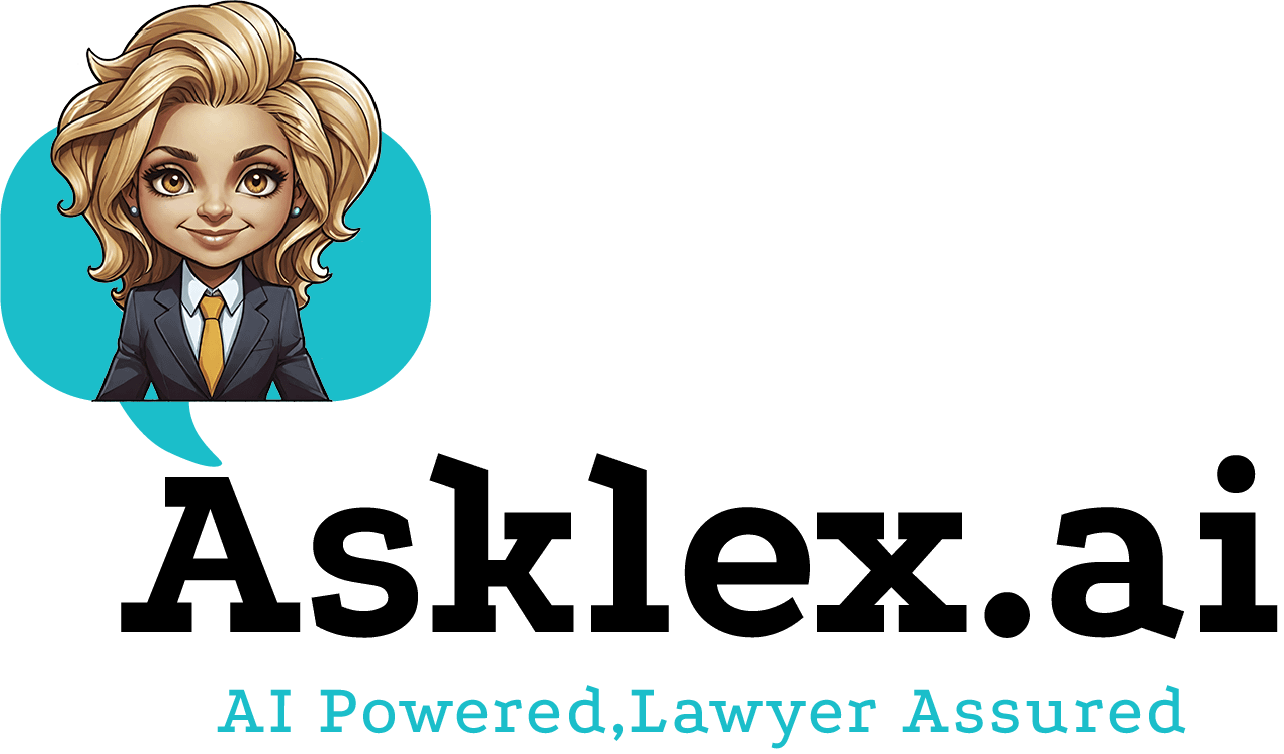Starting a blog for your small business can be an exciting venture. It’s a fantastic way to connect with your audience, share valuable insights, and showcase your expertise. But let’s face it, a blog post with just words can sometimes feel a bit dull. That’s where images come in, adding vibrancy and catching the eye. However, a common stumbling block arises when considering how to spice up your content with images: Can you legally use copyrighted images? Let’s unpack this topic in a simple and straightforward way.
Understanding Copyright Basics
First things first, let’s understand what “copyright” means. Copyright is a legal term that protects the use of original works of authorship, like books, music, paintings, and yes, images. When someone creates an original image and meets certain criteria, they automatically become the copyright holder, meaning they hold exclusive rights to use and distribute that image. If you use an image without the copyright holder’s permission, you could find yourself on the wrong side of the law, facing issues like being asked to take down the image or, in some cases, paying legal penalties.
So, Can You Use Copyrighted Images?
In general, using copyrighted images without permission is not allowed. This applies to any blog, irrespective of the size of your business. However, there are some exceptions and solutions that can allow you to safely and legally incorporate images into your blog.
1. Creative Commons Licenses
A creative commons license is a public copyright license that allows creators to give permission for others to use their work under certain conditions. There are various types of Creative Commons licenses, ranging from allowing modifications and commercial use to prohibiting both. Websites like Flickr, Wikimedia Commons, and Unsplash offer images under such licenses. Always check the license details to ensure your intended use complies with the terms.
2. Royalty-Free Images
“Royalty-free” doesn’t mean “free.” It means once you pay for the image, you don’t have to pay royalties or licensing fees each time you use it. Websites like Shutterstock, Adobe Stock, and iStock provide a wide range of high-quality royalty-free images for a fee.
3. Public Domain Images
Images in the public domain are not protected by copyright and can be freely used by anyone. Reasons that an image might be in the public domain include the copyright expiring, the creator waiving their rights, or it being created by a government employee as part of their job. Websites like Pixabay and Pexels offer public domain images. Just be sure to verify the status of each image before using it.
4. Fair Use Doctrine
Fair use is a legal doctrine that permits limited use of copyrighted material without permission from the copyright holder, mainly for purposes like commentary, criticism, news reporting, teaching, or research. However, fair use is tricky; it’s not a right but a legal defense. In business, it’s particularly sensitive because the commercial nature might weigh against fair use. Always consult with a legal professional if you’re considering invoking fair use, as missteps can be costly.
5. Create Your Own Images
One of the most straightforward routes is to create your own images. You don’t need professional photography skills; even smartphone photos can add a personal touch to your blog. Alternatively, hiring a local photographer could also be an investment in your brand.
Practical Tips for Using Images Legally
- Attribution: If you’re using images under a Creative Commons license or sourcing images from free platforms, always provide proper attribution to the image creator, unless it’s explicitly stated that you don’t need to.
- License Review: Before using any image, review the licensing agreement thoroughly. Make sure you understand the scope—whether commercial use is allowed, whether modifications are permitted, etc.
- Use Watermarks: If you’re sourcing your own images, consider watermarking them. This way, if other people want to use your images, they might reach out for permission, providing you control and acknowledgment.
By following these guidelines, your small business blog can legally feature stunning visuals while respecting copyright laws. Remember, respecting the intellectual property rights of photographers and creators is key to maintaining a lawful and ethical business practice.








